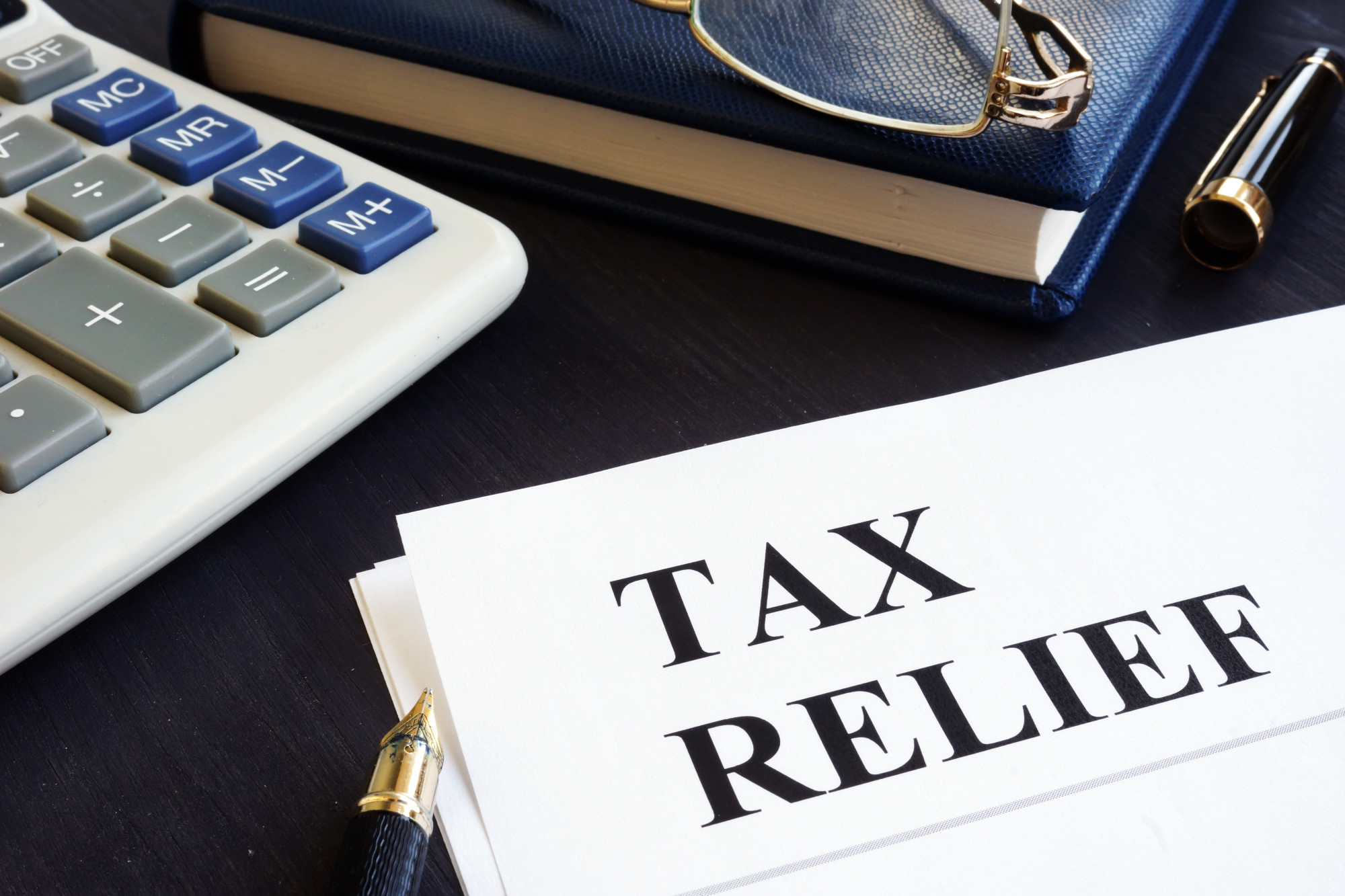Published research shows that IRS communication gives 47% Americans severe anxiety, and almost a third worry over audits, even though 65% of surveyed taxpayers are confident their returns are issue-free. In short, a lot of us are worried about nothing when it comes to taxes.
If, however, you are worried about a big tax bill, you probably should be.
Not only is the IRS a determined debt collector, but they also charge high rates of interest on tax debts. If you don’t pay, they can garnish your wages. According to reports, in 2014, the IRS garnished a whopping $56 million from Americans’ paychecks.
If this is not bad enough, in some cases, failing to pay your tax debt can even land you in jail.
The good news is that even if you owe an unexpected and large sum to Uncle Sam, there are a number of strategies you can use to clear this debt. Read on to find out five top tips for defeating tax debt.
1. File Your Return Early
Knowing that you will be in for a big scary tax bill is enough to make anyone procrastinate over their return. IRS stats show that as it is, almost 40% of taxpayers in 2019 left filing their return until the week before and after April 15.
Although it’s natural to put off something you’re dreading, this isn’t going to do you any favors if you are facing tax debt.
The reason for this is that by filing early, you will gain yourself more time in which to organize a strategy for paying the tax debt.
What’s more, by submitting your return early, you will negate the chance of incurring late filing fees and penalties, which simply add to your tax burden.
The IRS charges a monthly penalty of 5% for late filing. This can accrue to a maximum balance of up to 25% of your tax debt.
If you need more time to file your return, the best plan is to file for an extension. Extensions are automatically granted. However, an extension won’t buy you more time to pay. You will still need to resolve your estimated taxes before April 15 to avoid incurring interest and penalties.
2. Apply for an Installment Plan
Once you have filed your return, if you know you can’t pay your tax debt by April 15, you can look into applying to the IRS for an installment plan.
If you owe under $50,000 in tax debt, the IRS will generally approve you for an installment plan. However, you will be charged interest.
If you owe less than $10,000, you can atomically be approved for a payment plan. If your debt is between $10,00 and $50,000, approval for a payment plan will need to be granted.
3. Investigate Your chances of an Offer in Compromise (OIC)
Another option that you can pursue with the IRS is an Offer in Compromise (OIC). Offers in Compromise are a form of IRS tax forgiveness aimed at helping those who would be financially put at risk if they were to pay their tax liability in full.
If you qualify for an OIC agreement, this will allow you to settle your tax debt at a discounted amount than what you owe.
However, to be deemed eligible, the IRS will have to decide that your finances are such that paying the tax in full would significantly compromise you and your family. To determine this, the IRS will generally examine your income, expenses, and asset equity.
Instances, where the IRS may grant an OIC, include situations where taxpayers have recently become unemployed, or have suffered large and unexpected medical bills.
4. Request “Currently Not Collectible” Status
Another option for obtaining IRS debt help is to request that IRS grants you “currently not collectible” status.
Once again, this is only available to taxpayers that are genuinely unable to pay their tax burden. If you have anything like a nest egg or cash savings, the IRS will probably refuse to grant this status.
What’s more, if you do qualify for “currently not collectible” status, this won’t make your tax debt go away. Each year the IRS will wish to review your financial situation. If they see that you are in a position to pay your taxes, you will once again become liable.
5. Look Into Leveraging Low-Interest Credit to Settle Your Tax Debt
Because the IRS charges high rates of interest on an outstanding tax debt, sometimes it can pay to look at alternative ways financing this liability.
Depending on your credit report, you might be able to secure a loan with an interest rating that is significantly less than what you would pay the IRS in some situations.
The IRS charges a penalty rate of 0.25% interest per month on their payment plans. This works out to a low rate of interest each month. However, if you failed to file your return, you could be facing relatively steep interest rates.
Additionally, if you default on an agreed payment plan with the IRS, they can fine you, or even cancel the agreement and levy your wages.
On the other hand, if you can secure a personal loan with a reasonable rate of interest, you can use this to pay off your tax debt on one go and avoid these potentialities.
Another smart way to pay off your IRS debt in one fell swoop is to take out a zero balance transfer card. These credit cards offer an initial period with a zero percent rate of interest. During this time (usually 12-24 months), you can then pay back what you took out to pay the IRS.
Just take note that once the zero-interest period is up, you need to have paid off your debt. Otherwise, you will be charged regular credit card rates of interest on the balance.
Do You Need Help Getting out of Tax Debt?
If you need help with IRS debt, there are a few options to choose from.
Are you considering looking at personal loans or zero balance transfer cards for the purpose of squashing your tax debt? If so, take advantage of our free online credit matching tool. All you need to do is enter your details, and our algorithm will pair you up with competing solutions tailored to your needs.
To get an idea of what people think of our service, take a look at our reviews.




